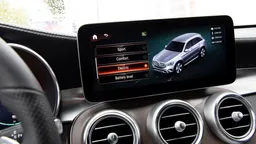Related Articles
View All
Europe’s affordable car project needs to put the Va Va Voom into small EVs
The EU’s ‘small affordable car initiative’ could benefit consumers and the domestic car industry without compromising on safety and emissions savings.

Accepting US car standards would risk European lives, warn cities and civil society
European cities and civil society groups have warned that accepting lower US car standards will see more dangerous vehicles flood into Europe

Plug-in hybrids pollute almost as much as petrol cars – EU data
Even in electric mode, PHEVs still burn fuel and emit 68g of CO2/km, on average. Their hidden fuel consumption costs the average PHEV driver €500 extr...